Jewelry has played an important role in culture and civilization since the earliest. It is not just a personal adornment but has had many significance in the past. Travelling back through times when it was 6000 years of history, you can explore unique quality pieces that have lasted for a long time and are still ongoing. Originating from Egypt to the present time empire and Islamic Middle East from 4000 BCE through 1200 CE, talented artisans fueled by labour of work craftsmanship to create a unique and personal design.
In ancient times, the world of discovery evolved around metals and had various important stages while developing a unique kind of jewelry. Over time, metalwork has been replaced by many other techniques, but what still lasts is its sophistication and decoration. Gold, a valued material, was buried with it to accompany the owner into the afterlife. Much archaeological antique jewellery comes from terms and is inspired by design. Different centuries have different histories for jewelry, and we are here to talk about them.
Medieval Jewellery 1200-1500
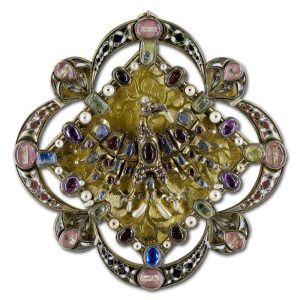
The jewelry in medieval Europe reflected the hierarchical status of society. They believe in royalty and noble piece, where golds, silver and precious gemstones are part of jewelry. Some jewels have magical inscriptions believed to protect the wearer. James was usually polished rather than a cut size, and lustrous colors determine the value the unique techniques to create effects are still widely used today. The image of decorating the back of the cross was often used as a focus of meditation in the late medieval period. Pearls symbolize purity, and the red gems symbolize Christ’s blood-shed sacrifice.
Renaissance Jewelry
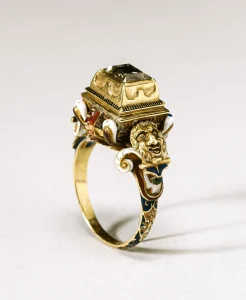
Renaissance Jewelry is more colorful and elaborate. They symbolize love and passion. Enamels offer both sides, which makes them unique. Cutting techniques are used to increase the luster of the glitter of stones when making Renaissance jewelry. Many jewelry pieces were inspired by their religious importance in everyday life, and many spectacular pieces were worn by politicians for their strength and earthly power. Many jewelry reflect the classical world, with mythological figures later becoming popular.
Renaissance Jewelry consists of a particular type of stone that became popular in ancient times. For instance, the scorpion etching dates from the 2nd or 1st century BC and has been reused in a Medieval ring. It was believed to protect you from specific ailments and threats.
17th Century Jewelry
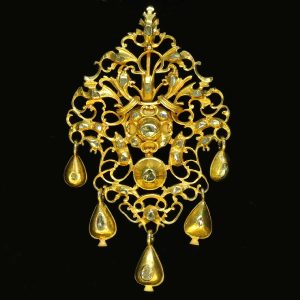
By the mid-17th century, fashion had changed, and new types of antique jewellery had become a new trend. At that time, the new software pastel sheets were back in trend with expensive gemstones and pearls. Expanding the trade made gemstones more available, and advances in cutting techniques increased. The sparkle of every gemstone was the most impressive thing. A new touch of motors and ornament was given to every jewelry suitable for all outfits you wear. The central bow in the necklace is where the magnificent example became a trend in the 17th century. The striking color combination was frequently in use then, and the painted opaque enamel was a recent innovation that Frenchman Jean Toutin of Chateaudun did.
18th Century Jewelry
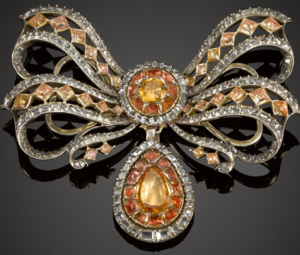
By the end of the previous century, a lot had been developed, and a brilliant cut to jewelry was in trend. Diamond sparkled as never before and became prominent in the 18th century. Frequently mounted in silver to enhance the stone’s white colour, magnificent sets of diamond jewels were essential to every jewelry. The largest was born on the body, while smaller ornaments could be started over an outfit. Little Diamond Jewellery was in a trend with a more intrinsic value and is much more fashionable than won’t get any mounted. Item that every enamel has by the 1750s the elaborated version of golden silver for presentation with the fine the product of goldsmith and swordsmith. They were open as you want to distinguish military and never services.
19th-century Jewelry
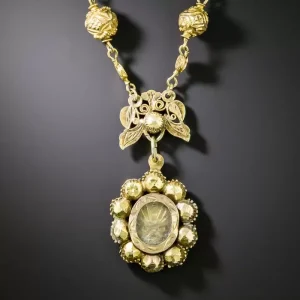
In the 19th century, a lot changed, including huge industrial and social changes. However, in jewellery, the design is more focused on the past. In the first decade, classical styles were popular and revived in the 19th century. This was stimulated by archaeological discovery. The classical style was wide again, with antique jewellery more intimidating and was in the style interest of medieval and renaissance jewelry. It is a testament to every period that rulers worked in archaeology and history simultaneously and made a new history. Some of the diamond flowers are set on springs, which would increase their sparkle considerably as the wearer moves.
Arts & Crafts Jewelry

After the 19th century, Arts and Crafts Jewelry was found in the industrialized world. Its jewelers rejected the machine late factory system, now the source of most affordable pieces, and instead focused on handcrafting individual jewelry. This process is believed to be improved by the workman and the finest designs they will design.
Art and craft jewelers avoided large, faceted stones, relying instead on the natural beauty of cabochon gems. This replaces the repetition and regularity of mainstream settings with figurative designs, often leading to symbolic meaning. These designs are particularly handcrafted and innovative with each metalwork and jewelry design.
Contemporary Jewelry
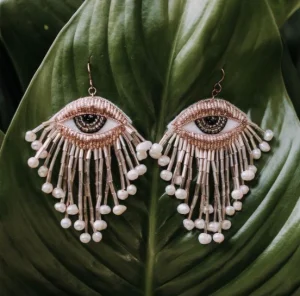
Since 1960, the boundaries of jewelry have been continually redefined. It has been challenging from generation to generation to adapt to the concept of new jewelry. Independent jewelers often lead to educated art colleges and are immersed in radical ideas. They invented new techniques for precious metals that include many things. They explore the idea of interaction between the body of humans and jewelry. The boundaries of scale and wearability to the limits. Jewellery has developed into variable art that holds a relation to fine art.

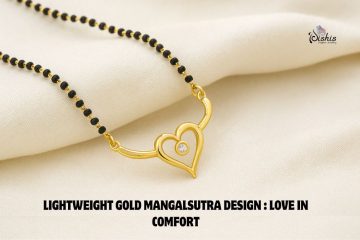

0 Comments